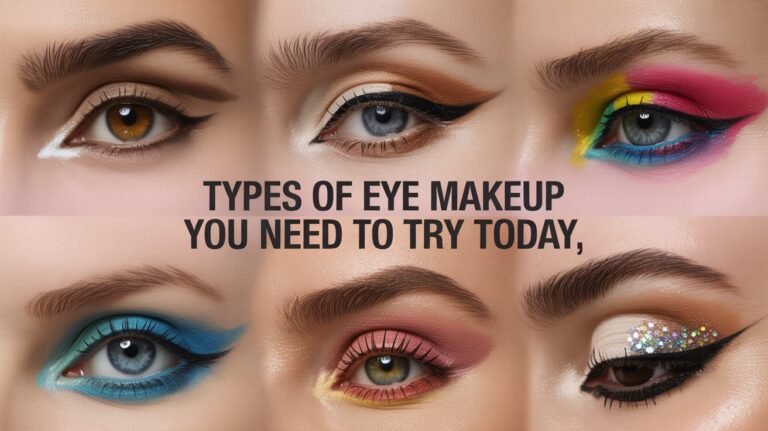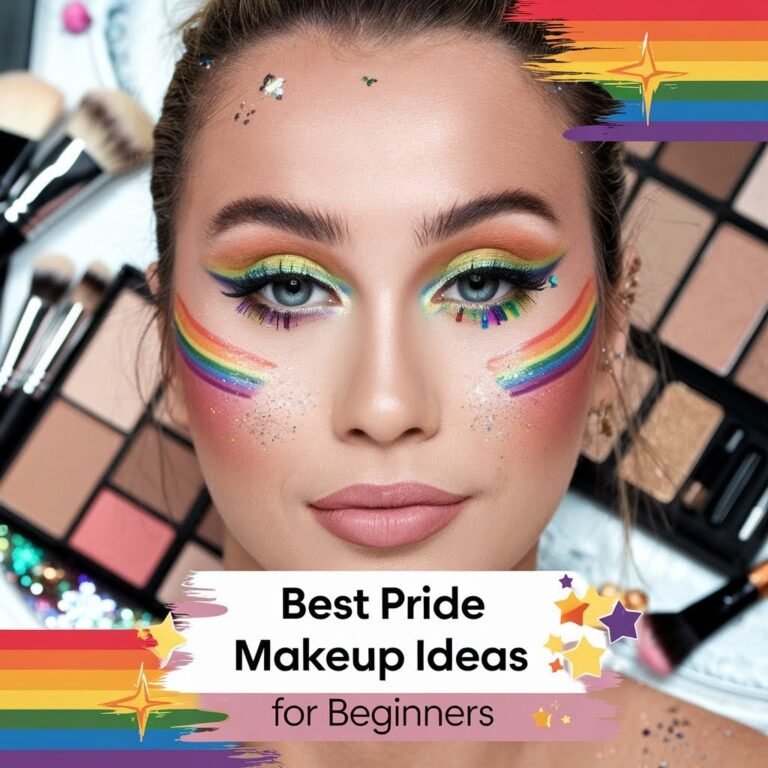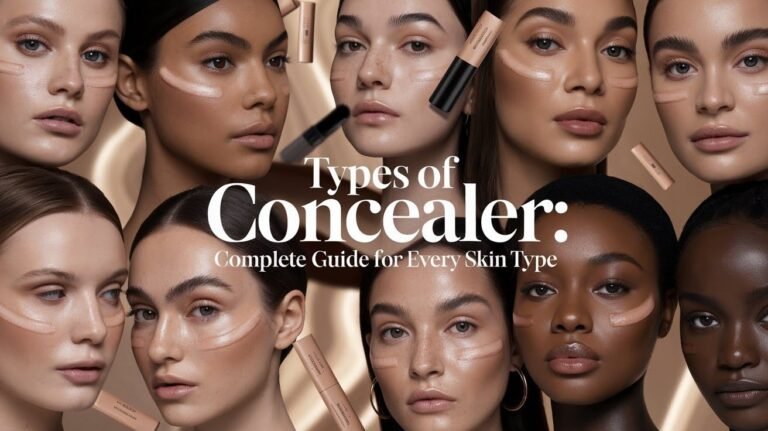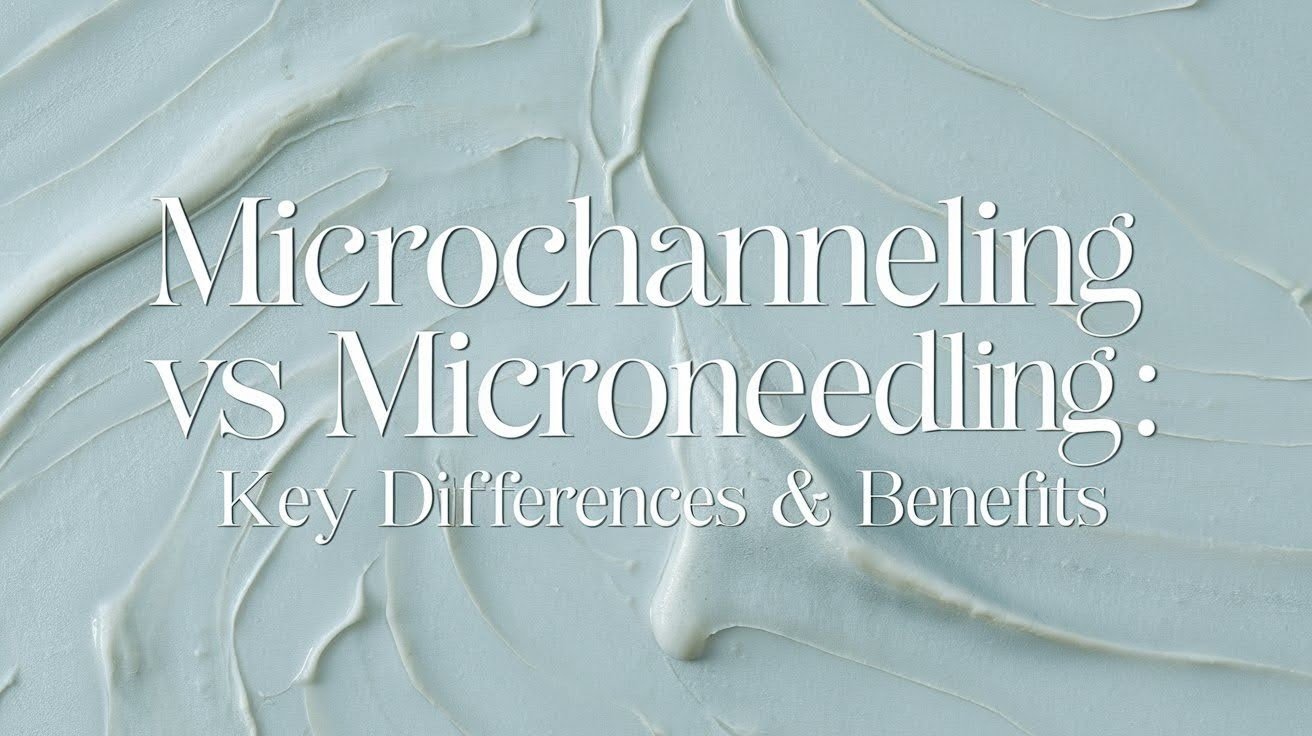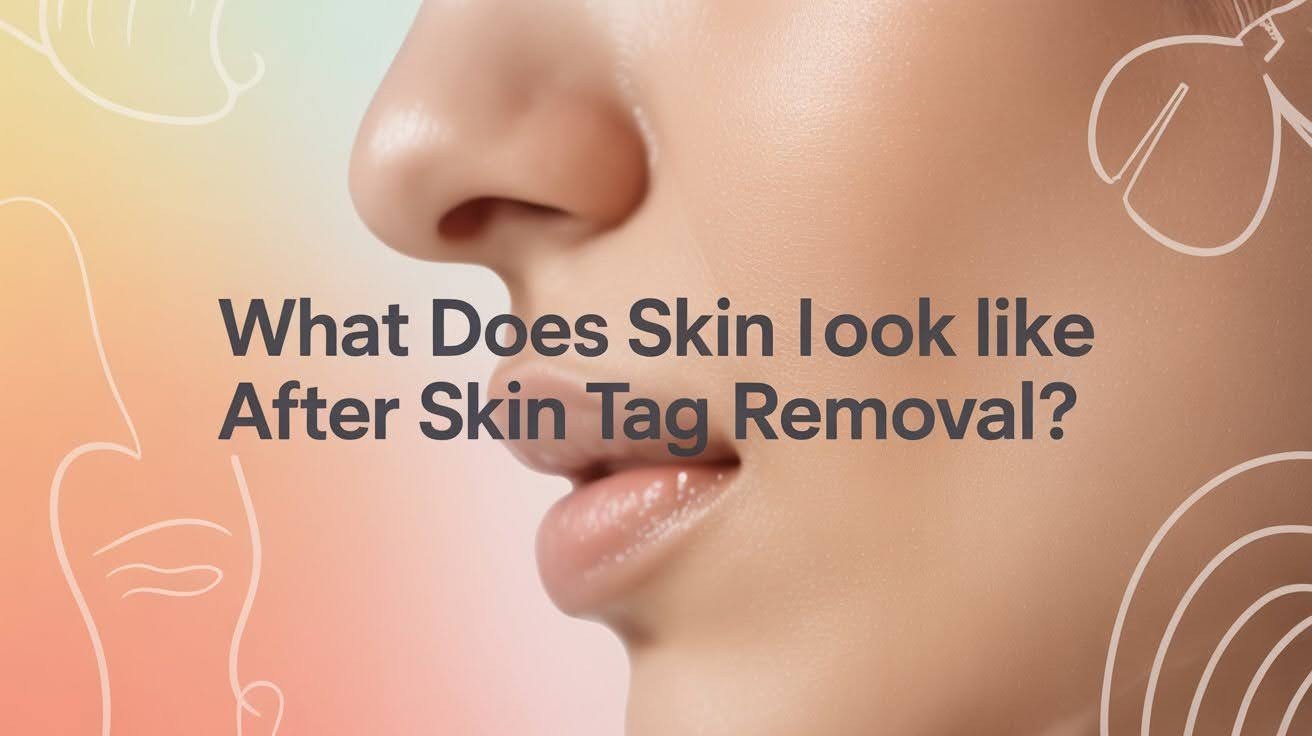What Is Lip Gloss Made Of? Complete Ingredient Guide
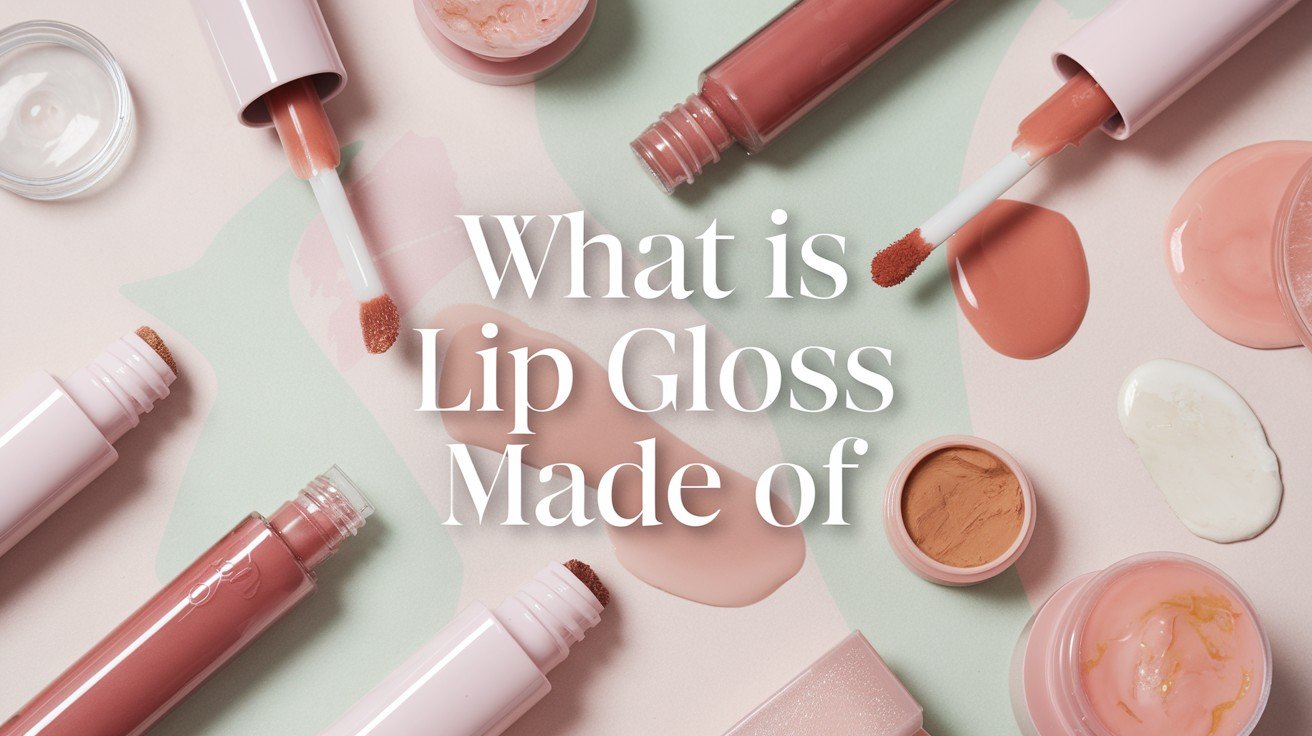
Ever wondered what makes your favorite lip gloss so shiny and smooth?
You’re not alone. Millions of people use lip gloss daily without knowing what’s actually in it. I’m about to change that. You put lip gloss on your lips dozens of times a day. Some of it gets swallowed. You deserve to know what’s in it.
This article will clear up your confusion about lip gloss ingredients. I’ll break down every component in simple terms. No confusing chemistry here.
Here’s what you’ll learn:
- The main ingredients that make lip gloss work
- Natural vs synthetic components
- Safety facts about common ingredients
- How to read ingredient labels
- DIY recipes you can make at home
I’ve spent years researching cosmetic ingredients. My goal is giving you facts, not sales pitches. You’ll walk away knowing exactly what goes on your lips.
Ready to learn about lip gloss?
A Quick History of Lip Gloss

Lip gloss wasn’t always around. In fact, it’s pretty new compared to other makeup.
Max Factor created the first lip gloss in 1930. He made it for Hollywood movies. The bright lights washed out the actors’ lips on camera.
But here’s the twist: lip gloss didn’t become popular until the 1960s.
That’s when regular people started wanting that glossy, wet look. Before that, matte lipstick ruled everything.
Today? Lip gloss is a billion-dollar industry.
The Basic Ingredients of Lip Gloss

Let me break down what’s actually in your lip gloss tube.
Base ingredients make up about 70% of any lip gloss:
- Oils (castor oil, jojoba oil, coconut oil)
- Waxes (beeswax, candelilla wax)
- Butters (shea butter, cocoa butter)
Texture enhancers give lip gloss its feel:
- Petroleum jelly
- Lanolin
- Glycerin
Color and shine come from:
- Pigments
- Mica
- Titanium dioxide
Preservatives keep it fresh:
- Vitamin E
- Parabens
- Phenoxyethanol
Flavor and scent make it smell nice:
- Essential oils
- Artificial flavors
- Fragrance compounds
Think of it like a recipe. Each ingredient has a job.
Natural vs Synthetic Lip Gloss Ingredients

Here’s where things get interesting.
Natural ingredients come from plants or animals:
- Beeswax from honeybees
- Shea butter from African shea trees
- Coconut oil from coconuts
- Carnauba wax from palm leaves
Synthetic ingredients are made in labs:
- Petroleum jelly
- Artificial colors
- Chemical preservatives
- Synthetic fragrances
But wait. “Natural” doesn’t always mean better. Some synthetic ingredients are safer than natural ones.
For example:
- Synthetic vitamin E lasts longer than natural vitamin E
- Lab-made colors are more stable than plant-based ones
- Some people are allergic to natural ingredients like beeswax
The key? Know what works for your skin.
Is Lip Gloss Safe? Understanding Ingredient Labels

You put lip gloss on your lips dozens of times a day. Some of it gets swallowed. Is that safe? Most lip gloss is safe. The FDA regulates cosmetics. Companies must use approved ingredients.
But you should still read labels. Here’s what to look for:
Safe ingredients (generally):
- Mineral oil
- Petrolatum
- Beeswax
- Shea butter
- Vitamin E
Ingredients to watch:
- Parabens (some people react)
- Sulfates (can cause dryness)
- Artificial dyes (may cause sensitivity)
- Heavy metals (should be minimal)
Red flags:
- Products without ingredient lists
- Lip gloss that burns or stings
- Glosses that cause swelling
Here’s my rule: If you can’t pronounce it, research it.
Eco-Friendly and Vegan Lip Gloss Ingredients
More people want clean, sustainable lip gloss. I get it.
Vegan ingredients (no animal products):
- Candelilla wax instead of beeswax
- Plant-based glycerin
- Coconut oil
- Jojoba oil
- Cocoa butter
Eco-friendly ingredients:
- Sustainably sourced oils
- Biodegradable waxes
- Natural preservatives
- Recyclable packaging
Ingredients to avoid for vegan lip gloss:
- Beeswax
- Lanolin (from sheep)
- Carmine (from insects)
- Cholesterol (from animals)
Tip: Look for certifications like Leaping Bunny or Vegan Society logos.
How to Make Lip Gloss at Home (DIY Guide)

Want to control exactly what goes on your lips? Make your own lip gloss. It’s easier than you think.
Simple recipe:
- 2 tablespoons coconut oil (base)
- 1 tablespoon beeswax (thickness)
- 1 teaspoon vitamin E oil (preservative)
- Few drops essential oil (flavor)
- Mica powder (color – optional)
Steps:
- Melt coconut oil and beeswax in double boiler
- Remove from heat
- Add vitamin E oil and essential oil
- Mix in mica powder if using
- Pour into clean containers
- Let cool for 30 minutes
Equipment needed:
- Double boiler (or microwave)
- Small containers
- Mixing spoon
- Measuring spoons
Storage: Keep in a cool, dry place. Homemade lip gloss lasts 3-6 months.
Ideas for customization:
- Add honey for extra moisture
- Use different oils for different feels
- Try natural colorants like beetroot powder
- Experiment with flavors
Conclusion
Now you know what’s really in your lip gloss.
The main ingredients are oils, waxes, and butters that create the base. Companies then add color, preservatives, and fragrance to make each product different.
You don’t need to fear synthetic ingredients. Many are safer and more effective than natural ones. The important thing is understanding what each ingredient does for your lips.
Some ingredients moisturize. Others add shine. Some preserve freshness. Each has a purpose.
Reading labels becomes easier when you know these basics. You can spot ingredients that work for your skin type and avoid ones that don’t.
You can choose drugstore or luxury brands, natural or synthetic formulas. The choice is yours. Knowledge gives you power to make the right decision.
Your lips deserve products that make them look and feel amazing. Now you can choose wisely.
Frequently Asked Questions
Can lip gloss expire and go bad?
Yes, lip gloss typically lasts 12-24 months after opening. Signs it’s expired include changes in smell, texture, or if it causes irritation when applied.
Why does my lip gloss disappear so quickly?
Lip gloss fades fast because you talk, eat, drink, and lick your lips throughout the day. Oil-based formulas tend to last longer than water-based ones.
Is it safe to share lip gloss with friends?
No, sharing lip gloss can spread bacteria, viruses, and infections like cold sores. Each person should use their own lip products to stay healthy.
What makes some lip glosses feel sticky while others don’t?
Sticky lip gloss contains more polymers and thickening agents for longer wear. Non-sticky formulas use lighter oils and fewer binding ingredients.
Can I wear lip gloss under lipstick?
Yes, but apply lip gloss first as a base, then lipstick on top. This creates a smooth application and adds extra moisture to prevent drying.


